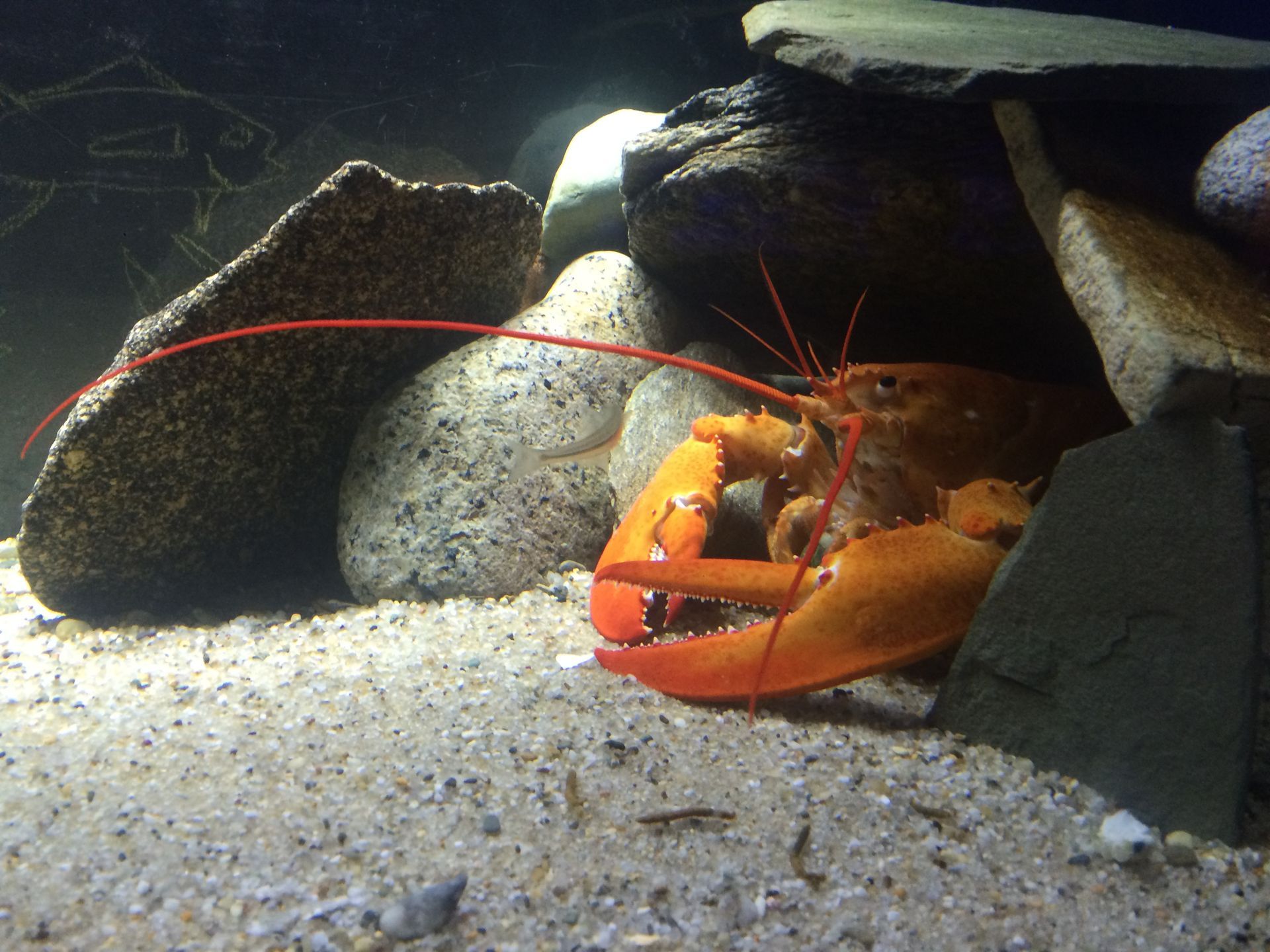The Nantucket Maria Mitchell Association Announces Aquarium Relocation to 32 Washington Street
NANTUCKET, MA —
The Nantucket Maria Mitchell Association (MMA) announces that it has entered into a five-year lease agreement with Rick Kotalac and the Nantucket Anglers Club for the property located at 32 Washington Street. The MMA will use the waterfront property to relocate its 28 Washington Street Aquarium, enhance its unique educational programming, and expand the MMA’s retail store, which will include basic marine supplies.
For more than forty years, the MMA Aquarium has inspired explorers of all ages to learn about Nantucket Sound’s natural ecosystems. It will continue its living exhibits, marine science programming, and environmental education in its new temporary location at 32 Washington Street. “We are grateful to have found this transitional home through Rick Kotalac and the Anglers Club. It is critical to have secured this location for our Aquarium, as we continue to develop plans for the expansion of our property located across the street at 33 Washington Street.” says Joanna Roche, Executive Director. The MMA will open its expanded retail store in May, with the MMA Aquarium opening on June 10, 2024, along with the MMA’s other sites.
In November 2023, the MMA announced the permanent closure of the 28 Washington Street Aquarium and its future planning efforts to reimagine the 33 Washington Street property. The MMA will be taking down the existing buildings, preserving the front building, part of the old Nantucket Railroad to be utilized in the MMA’s new aquarium and science center at 33 Washington Street, and returning the site at 28 Washington Street to the Nantucket Islands Land Bank. The MMA entered into a land swap with the Land Bank in 2012 and has been leasing the property since then. The MMA will formally begin its related capital campaign in the summer of 2024 to fund the design and construction of the new center. The 33 Washington Street property will be a leader in coastal resiliency adaptation, and the most visible, public-facing center for discovery and science focused on STEAM education on Nantucket.
The Maria Mitchell Association was founded in 1902 to preserve the legacy of Nantucket native astronomer, naturalist, librarian, and educator, Maria Mitchell. After she discovered a comet in 1847, Mitchell’s international fame led to many achievements and awards, including an appointment as the first female professor of astronomy at Vassar College. Maria Mitchell believed in “learning by doing” and today that philosophy is reflected in the MMA’s mission statement, programs, research projects, and other activities. The Maria Mitchell Association operates two observatories, a natural science museum, an aquarium, a research center, and preserves the historic birthplace of Maria Mitchell. A wide variety of science and history-related programming is offered throughout the year for people of all ages.
###
For Immediate Release
February 21, 2024
Contact: Tess McCarthy
tmccarthy@mariamitchell.org
Recent Posts




